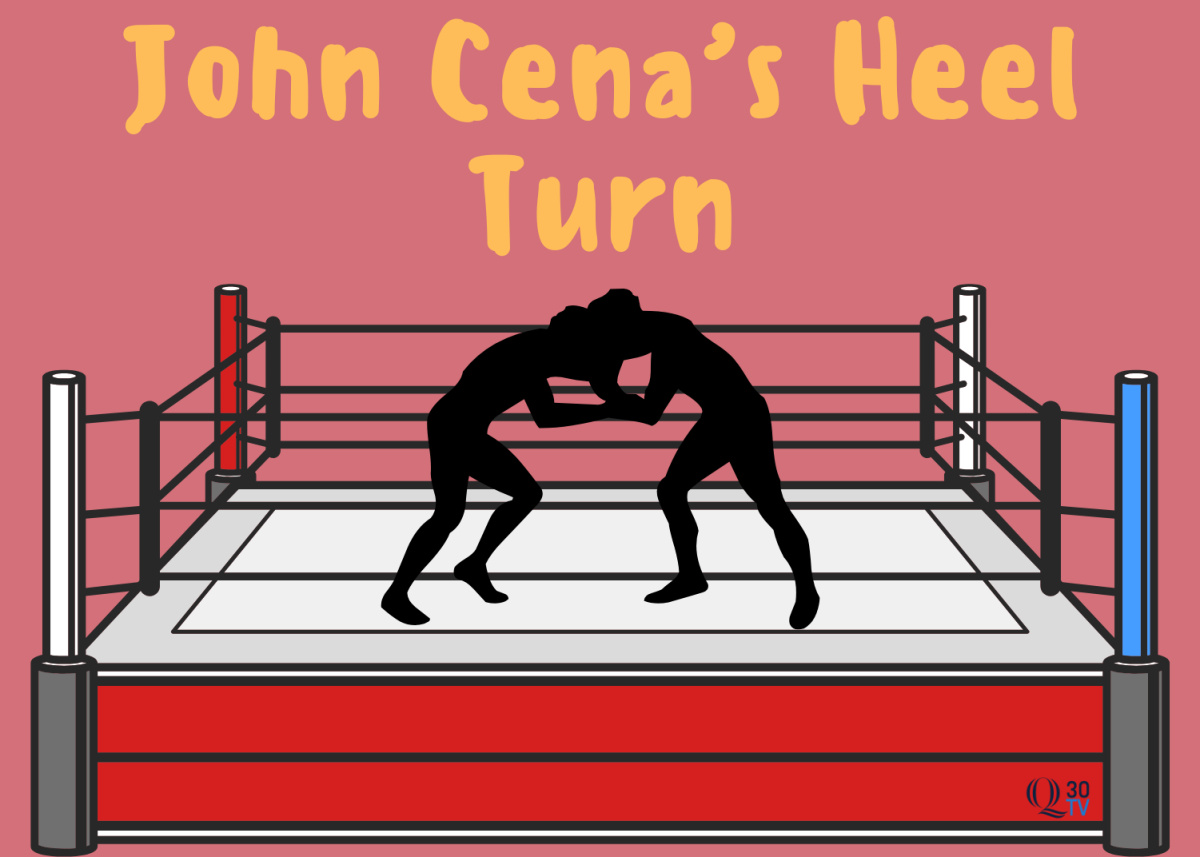MAAC Spring Sports Are Back. Will They Happen? What Will They Look Like?
January 21, 2021
Follow @Q30Sports
Follow @Jacob_Resnick
If the COVID-19 pandemic has offered one lesson, it’s simple. Write it in pencil, pen, or red paint, but absolutely nothing is final until you see it with your own two eyes. Still, at this point, good news is good news.
After what will ultimately be a full year without its sanctioned sports — save for basketball — the Metro Atlantic Athletic Conference announced Wednesday that the Council of Presidents approved a March 6 start date for the following: men’s and women’s soccer, women’s volleyball, baseball, softball, men’s and women’s cross country, golf, track and field, men’s and women’s tennis, and men’s and women’s lacrosse.
Individual schedules are to come, likely lacking non-conference games, and championship sites for baseball and lacrosse have not been announced.
Quinnipiac field hockey is a member of the Big East Conference, which announced a 12-game schedule on Tuesday. Bobcats women’s rugby of the NIRA does not yet have a decision on a 2021 season.
It is without a doubt a sigh of relief for the players, coaches, and administrators who have held their breaths behind surgical masks for the last 10 months. Practice now has a defined purpose, and there is sure to be an extra pep in everyone’s step as they return to campus over the coming days.
But we’ve seen this before. From last June through the end of July, the MAAC had plans to play. A 15-page return-to-action plan was drafted and published, and everything was cautiously trending in the right direction before the Ivy League and other leading conferences began to shut the door on a fall season.
On July 27, the MAAC joined them, with president Rich Ensor saying “there are too many factors that prohibit the MAAC and its institutions from safely delivering a competitive atmosphere that these individuals deserve.”
So what’s changed since then? Certainly not the threat of the virus. Current case trends in the tri-state area, let alone the rest of the country, make last summer’s numbers look like a blip on the radar.
Two days before president Joe Biden was sworn in on Wednesday, Connecticut reported 6,703 cases, the state’s fifth-highest single-day total. In my home, New York City, it’s best to just not look.
Yet college athletics have raged on. While thousands of student-athletes across multiple sports were told they could not play in the fall, basketball and football programs — yes, the moneymakers — have conducted business as usual. (A significantly larger share of ice hockey teams opted out of the season, though games are being played.)
The outcome was too predictable. 139 FBS games were canceled or postponed during the season that concluded with Alabama’s National Championship win, played in front of 15,000 people. Thousands of internal tests during the season came back positive.
The MAAC hasn’t been spared, either. Some of its basketball programs have played 10 conference games while others have played as few as four. The Quinnipiac men were forced to sit out for a month beginning in early December.
In a normal year that would simpy squash the momentum for a young team like the Bobcats. In 2020-21, it could force a team to miss the typically-procedural minimum games threshold for postseason qualification.
All of it — the entire basketball season to this point — has unfolded while nearly every college student in America has been at home for winter break.
Now, with instruction resuming over the next two weeks, the MAAC is comfortable making the determination that spring competition will happen.
Of course, I am unaware of the particulars of the Council’s discussions. But would it not have been beneficial to hold off until deeper into February, perhaps even early March to see how the first wave of vaccine recipients affects the outlook?
These teams had been practicing like their seasons begin tomorrow throughout the fall semester and I imagine they would have done the same even without a firm start date this spring.
Opponents are being limited to conference members only, so the typical scramble to find an open date, even if it meant hopping on a plane, wouldn’t be necessary. Making the call now, while surely beneficial for planning purposes, seems to only be setting everyone up for potential disappointment.
The MAAC has not released health and safety guidelines for the upcoming season, but the contents are sure to be similar to the regulations published in the fall, if not more stringent.
Masks and distancing within facilities are a must, while testing schedules could even be accelerated. Original protocols only mandated tests for symptomatic individuals as they returned to play. Pre-game tests, then a suggestion, will likely become routine.
Ultimately, the success of a season looks like it will come down to the factor that basketball and hockey programs, despite their endless obstacles, have not had to face: the rest of the student population.
Quinnipiac’s men’s and women’s basketball and ice hockey teams have dormed in groups or shared off-campus houses this year, containing any potential virus outbreak within their de facto bubbles.
Simply put, that isn’t possible for the 14 teams that are scheduled to play this spring. At a larger institution, sure, but Quinnipiac does not (at least not without making many non-athletes very unhappy) have the capability to isolate over 200 people. It’ll be on their peers and the entire community to hold up their end of the bargain, an ask that proved to be too much in the fall.
Finally, mid-major athletic departments have relatively limited resources — think staff and facilities — to begin with. Now throw nearly every sport at the school onto the same schedule. Given university budget cuts that began before the pandemic and were only exacerbated by it, it’s a situation worth monitoring.
For example, Quinnipiac Athletics lists eight full-time athletic trainers on its directory. What happens when all 14 teams are playing on the same weekend? The School of Medicine has dispatched its athletic training students in the past, but how many outsiders will COVID protocols be able to accommodate?
And in 2017, Quinnipiac opened the Soccer and Lacrosse Stadium on the Mount Carmel campus. To this point, it has never simultaneously been used as both a soccer and lacrosse stadium, as the former typically plays in the fall and the latter in the spring.
(One sport holds offseason training while the other is in-season, but two active seasons are a different beast.)
With four teams needing to schedule games and practices on that field while remaining socially distant, Quinnipiac’s hard-working staff (for example, the small group that handles athletic communications) will constantly be reminded of why the grind of college sports is unlike any other.
There is still plenty we don’t know about what the 2021 spring sports season will look like. The hope is that it will all sort itself out in due time, and for now the optimism of having a start date will suffice.







